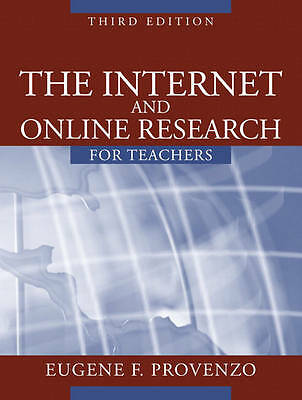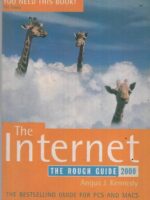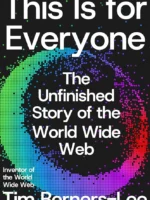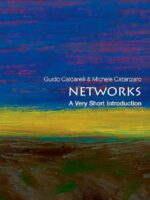The Internet and the World Wide Web for Teachers Review
The Internet and the World Wide Web for Teachers (Eugene F. Provenzo, 2nd ed., 2002) is a practical handbook that helps K–12 educators turn the early web into lesson plans, activities, and classroom routines. It treats the web as a resource library plus a collaboration space, with concrete examples and teacher-friendly checklists.
Overview
Core parts: getting online and evaluating sites; search strategies; web safety and etiquette; integrating web resources into subject areas; email/lists/forums for class projects; simple page building and class websites; assessment ideas and rubrics.
Summary
Provenzo walks teachers from basic navigation and search to curriculum alignment: how to pick credible sources, design inquiry tasks, scaffold student research, and document outcomes. He includes templates for permission, acceptable use, and project planning, plus examples of cross-curricular webquests and community email exchanges.
Authors
Eugene F. Provenzo writes as a teacher-educator: concise, step-by-step, with a focus on classroom constraints (time, access, supervision).
Key Themes
Digital literacy before digital flash; inquiry over copy-paste; safety and civility online; aligning web activities to standards and assessment.
Strengths and Weaknesses
Strengths: concrete tasks, rubrics, and checklists teachers can use immediately. Weaknesses: pre-Web 2.0 era examples and dated tools; pair with modern platforms and updated safety guidance.
Target Audience
K–12 teachers, tech coordinators, and librarians who need ready-to-run web activities and evaluation criteria.
Favorite Ideas
Site-evaluation checklists for students; inquiry prompts that require synthesis (not just retrieval); lightweight class website to publish outcomes.
Takeaways
Treat the web as a scaffold for inquiry. Teach students to evaluate sources, design web tasks with explicit outcomes and rubrics, and publish small artifacts that show learning. Update the tools, keep the pedagogy.






